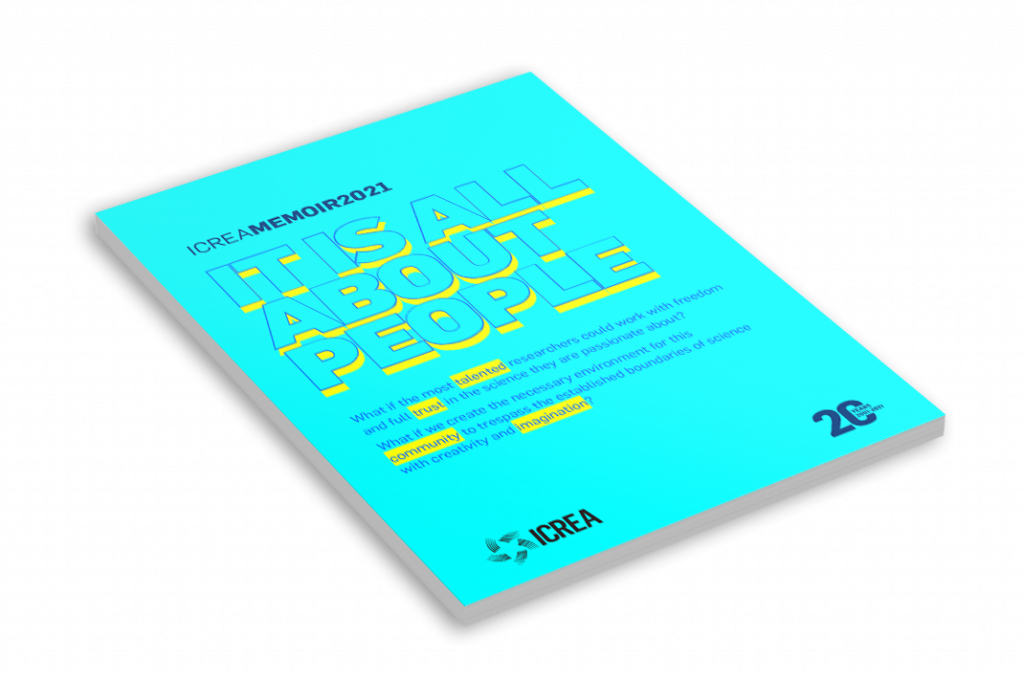One of the main goals of the ATLAS experiment at CERN’s Large Hadron Collider (LHC) is to challenge the predictions of the Standard Model (SM), our most successful theory of elementary particles. To this end, a promising direction is the study of the production of four top quarks at once, a very rare process that happens only once every 1012 proton-proton collisions. Once produced, each top quark decays into a W boson and a bottom quark, with the W boson decaying into a charged lepton (electron, muon, or tau) and a neutrino, or a quark-antiquark pair. This results in some of the most spectacular signatures ever produced at the LHC.
In 2020, the ATLAS Collaboration reported strong evidence for this process [1]. To confirm it, ATLAS physicists performed a new study focused on events with one charged lepton or two leptons with opposite electric charge [2, 3]. Despite accounting for the lion’s share of four-top-quark events, these signatures are easily overshadowed by other, much more-common SM processes with similar decay products, requiring the use of sophisticated multivariate techniques to discriminate them. The measured four-top-quark rate is compatible with the previous result [1] and their combination is a factor of two larger than the SM prediction, although still consistent with it within 2.0 standard deviations (s.d.). The existence of the four-top-quark process is therefore favoured with an observed significance of 4.7 s.d. This provides stronger evidence for this process than expected (2.6 s.d.), and is just shy of the conventional requirement of 5 s.d. to claim an observation.
Since 2015, researchers at IFAE, under A. Juste’s leadership, are playing a major role in the search for four-top-quark production in ATLAS. The team has not only contributed to the recent results [1-3], but is also leading dedicated searches for beyond-the-SM four-top-quark production via a new heavy Higgs boson, which could potentially explain the measured excess. Additional data from the next LHC run, to start in 2022, along with further analysis improvements, will hopefully allow drawing definite conclusions on whether the breakdown of the SM is finally in sight.

